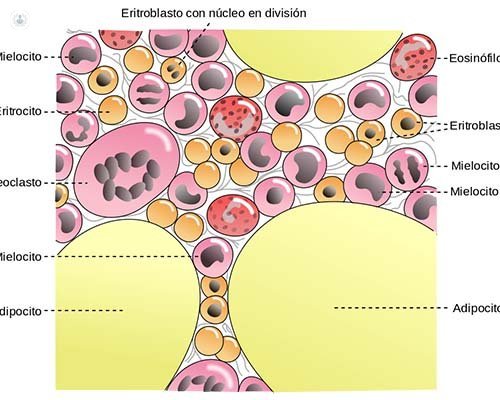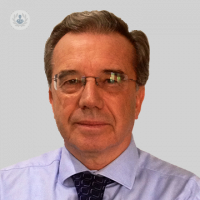120 new bone marrow donors every day, are you one of them?
Written by:The National Transplant Organization (ONT) is confident that at the end of 2016 has more than 250,000 bone marrow donors in Spain; there are currently 230,000 are added each day and 120 new (as reflected in the Spanish Registry of Bone Marrow Donor (REDMO).
These figures are the result of the National Marrow Plan, which began in 2013 sponsored by the ONT and REDMO, aiming to reach 200,000 donors in the 2,016, a figure that was reached last year.
According to reports, today more than 80% of patients who need to be found in international donor records in less than 2.5 months. This is a hopeful thing since only a minority of patients have a family donor.
The success of the international marrow donation lies in the intercommunication of the various national registries. Today in the world there are more than 23 million volunteer donors. Another noteworthy fact is that Spain is one of the European countries with the highest number of Hematopoietic Progenitor Cells Transplant (a figure that has increased fivefold since 1994, going from 500 a year to over 3,000, with about 1,000 unrelated donor).
What is bone marrow?
Bone marrow is a fabric formed from a mixture of cells in suspension between a frame of bony trabeculae and fat found in bone (marrow). These cells are what are known as hematopoietic stem cell, since they give rise to all adult cells circulating in the blood (red cells, white cells and platelets). All these cells are from the division and maturation of a common precursor cell is known as pluripotent stem cell, because it has self-renewal and differentiation capacity.
When a cell suspension, the bone marrow can be easily obtained by aspiration through a needle attached to a syringe, and has the same appearance as blood.

Marrow Transplantation Hematopoietic Stem Ósea-
The bone marrow transplant, also called hematopoietic progenitors, is indicated for the treatment of neoplastic diseases of bone marrow origin whose conventional treatment is ineffective or has previously failed.
The main indications for bone marrow transplantation are different types of blood, especially acute leukemias, lymphomas or multiple myeloma. But it is also indicated when bone marrow fails in non-neoplastic processes, such as medullary aplasia or various hereditary diseases.
The point is that the chemotherapy and / or radiotherapy administered pretransplant destroy not only the disease but also the bone marrow, so to avoid the patient dies from lack of core production, after these treatments the patient is given a sufficient amount stem cells to repopulate the bone destroyed.
Types of Bone Marrow Transplants
Different types of transplants depend:
- Source parents. According to these, you can use:
A) The bone itself, which is obtained from the bones of the pelvis by aspiration.
B) Stem cells from the peripheral blood. They can greatly increase the donor previously managing a stimulator of hematopoiesis, which causes them to become detached from its core niche and go on the blood, which can be collected by an apheresis machine.
C) The blood of the umbilical cord of a newborn, which contains a high amount of stem cells, also capable of being transplanted and repopulate the bone.
- The type of donor. They can be:
A) Allogeneic, when a volunteer sibling donor (related) or (unrelated).
B) haploidentical, a partially compatible family member sharing a haplotype. This mode is increasing by the easy availability of the donor.
C) Syngeneic, when a univetilino twin.
D) Autologous when is the patient himself who has been previously cleaned her bone as possible, of the disease that ails.
Bone Marrow Donation
Today, in most cases, bone marrow progenitors are extracted from peripheral blood after administration of subcutaneous drug for 4 days it causes circulation go progenitors. There are few cases in which it is necessary to extract the marrow bone punctures on her hips under general anesthesia.
The procedure is safe and does not produce effects only on giving, you do not need income or anesthesia.
To be simply extract donor peripheral blood in a test tube. This is discussed for inclusion in international registries.
Volunteer bone marrow donor involves firmly accept the moral commitment to donate bone marrow to a patient anywhere in the world without having compatible relatives, require a transplant.
The only initial requirement is to fill out a form and submit to a blood test.
Who can be a bone marrow donor?
"You can become a bone marrow donor" if you are between 18 and 55, registering at the Blood Bank of the many hospitals that are attached to the program or the Centers for Transfusion or through REDMO (Registration Spanish Donor Marrow).
Therefore you will not suffer any cardiovascular disease, kidney, lung, liver or other chronic conditions that require ongoing treatment; and have no history of positive tests for infections of hepatitis B, C and AIDS.
You can get more information www.ont.es , www.fcarreras.org or [email protected].


